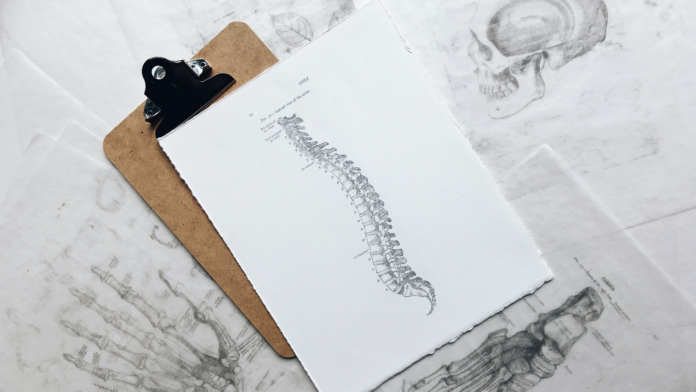Back pain will affect over 80% of us at some point in our lives. In fact, it’s thought to be the single greatest contributor to disability worldwide.
For decades, scientists have assumed that these back issues are linked to our evolutionary ability to walk upright. Now, a team of researchers from Simon Fraser University have shown that the more ‘human’ your spine, the greater your risk of certain ailments.
The team focused specifically on spondylolysis, a type of spinal stress fracture that typically affects the lower back. Touching one in every 20 people, it’s most often found in athletes, adolescents who over-train, and anyone involved in repetitive and strenuous sports.
“Because spondylolysis only occurs in humans and does not affect our great ape cousins, it has long been assumed to be the result of increased stress placed on our spine by our unique ability to walk upright on two legs,” explains Kimberly Plomp, a postdoctoral researcher in SFU’s Department of Archaeology. “However, there have been few attempts to test this hypothesis.”
So, the team set out to learn more. Working with samples from natural history museums across the globe, the team compared lower back vertebrae in humans with and without spondylolysis to the same bones in our great ape cousins.
Using advanced 3D mapping techniques, they studied the final lumbar vertebrae from 176 adult humans, chimpanzees, gorillas, and orangutans.
Among a variety of subtle shape differences they found a marked distinction. Compared to healthy humans, those with spondylolysis had vertebrae with a pronounced wedge shape: taller at the front than the back.
Meanwhile, healthy human vertebrae showed a less dramatic wedge shape, putting them closer to the vertebrae of the great apes.
The ‘wedge’ and the resulting curve in our spine helps us walk upright, on two legs rather than four. But the exaggerated adaption in those with spondylolysis means greater stress on the lower back, and a greater risk fractures.
“We can picture vertebral shape variation in humans as a spectrum with one end having vertebrae with an ancestral shape and the other end having vertebrae with exaggerated bipedal adaptations,” says Mark Collard, SFU archaeology professor and the senior author of the study. “Where an individual’s vertebrae lie within this distribution has a bearing on their spinal health.”
While ‘ancestral’ vertebrae come with their own problems, these researchers are the first to clearly link vertebrae shape, walking upright, and spine health. In time, this could have important implications for the prevention and management of back pain.








































